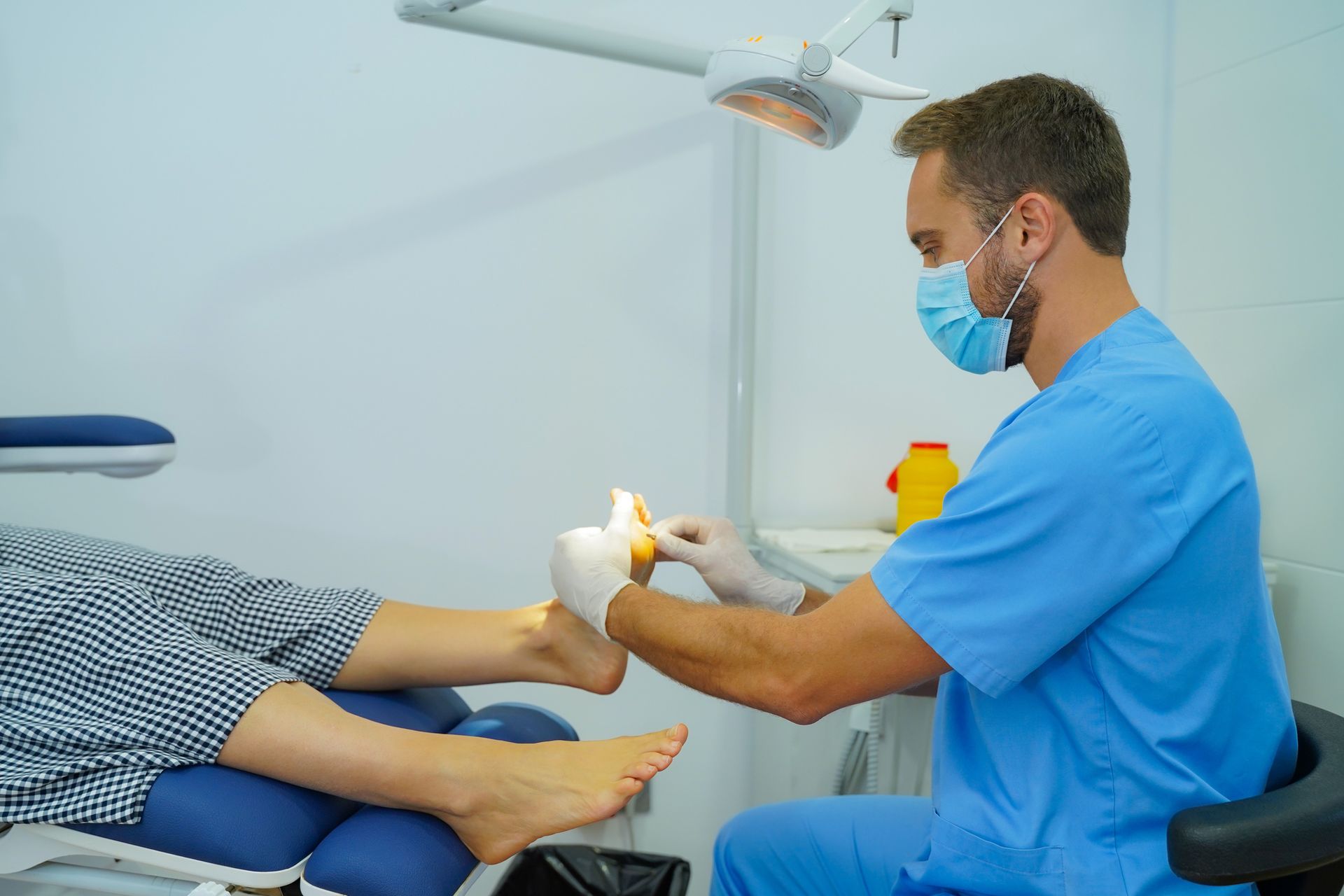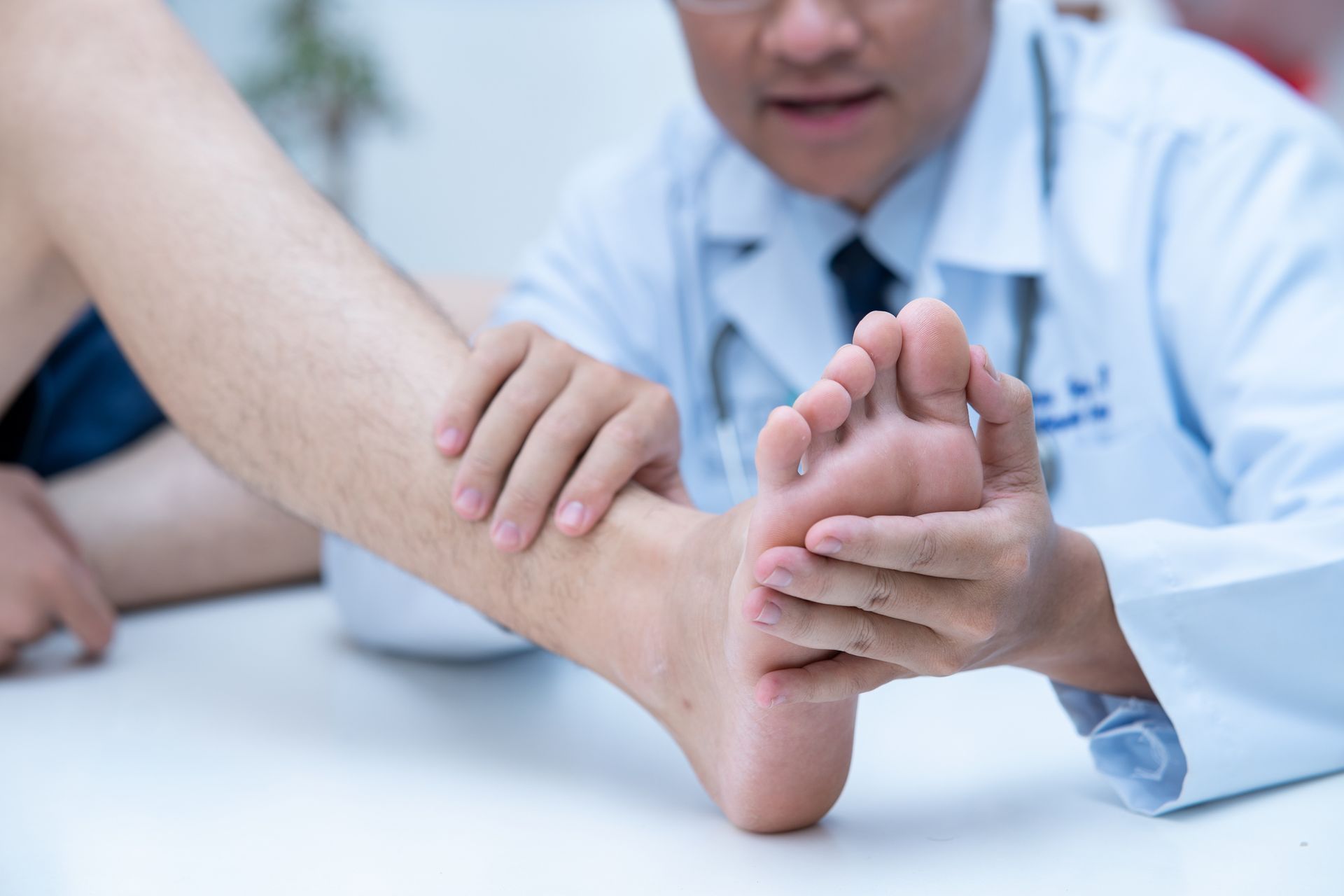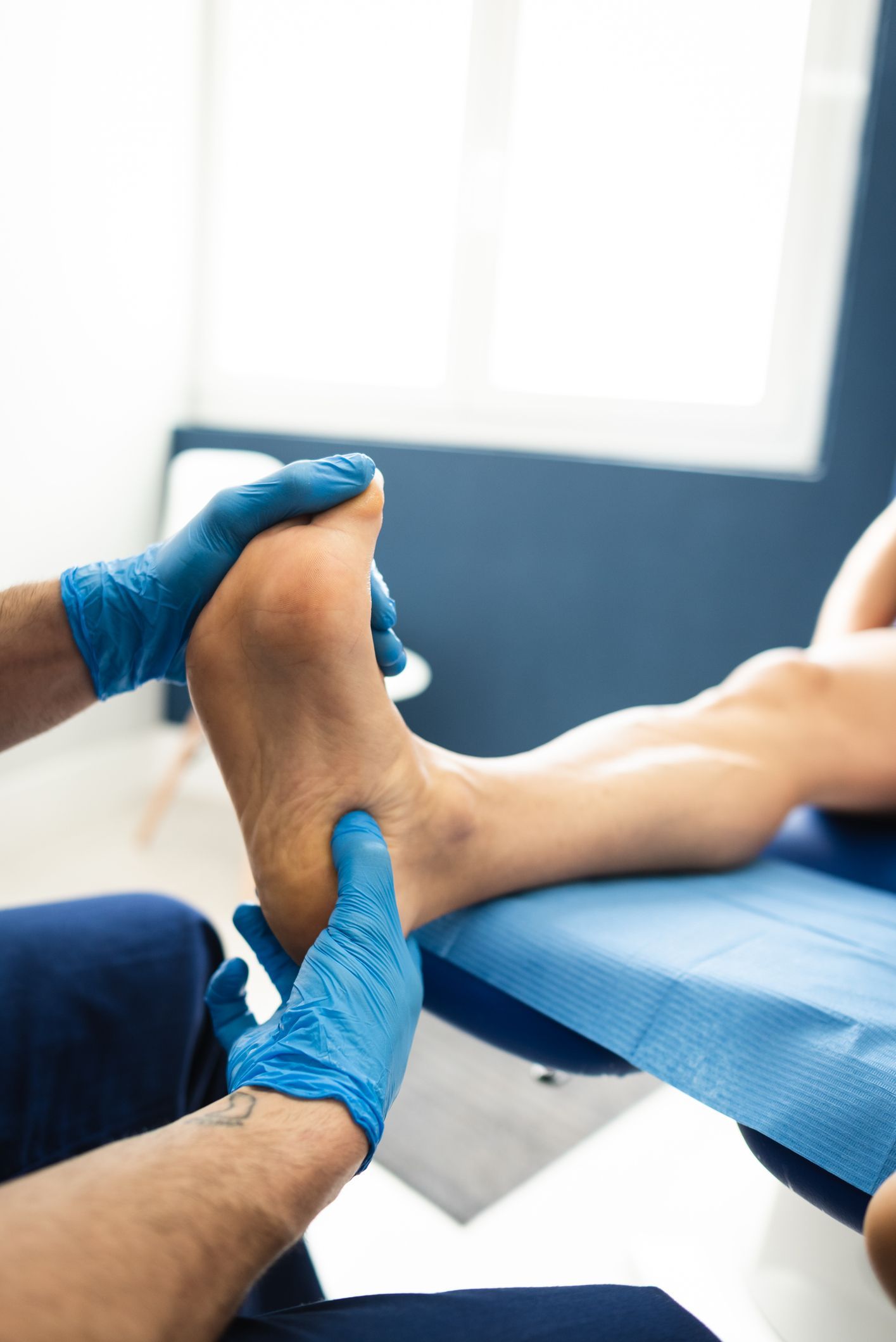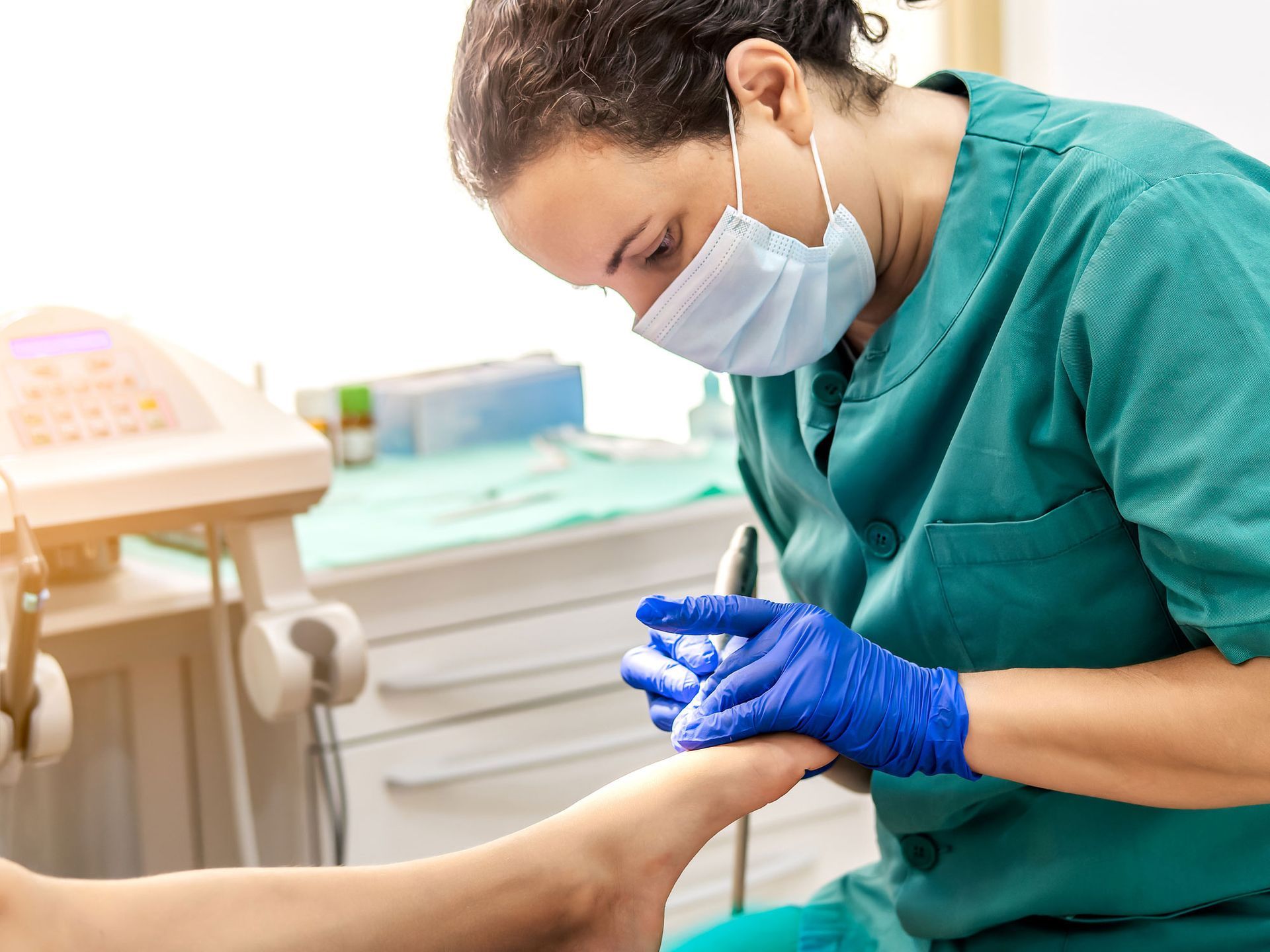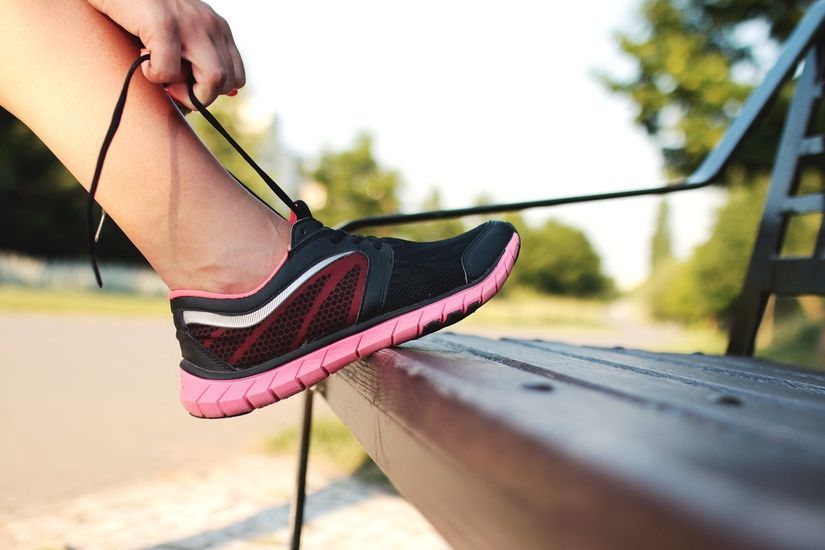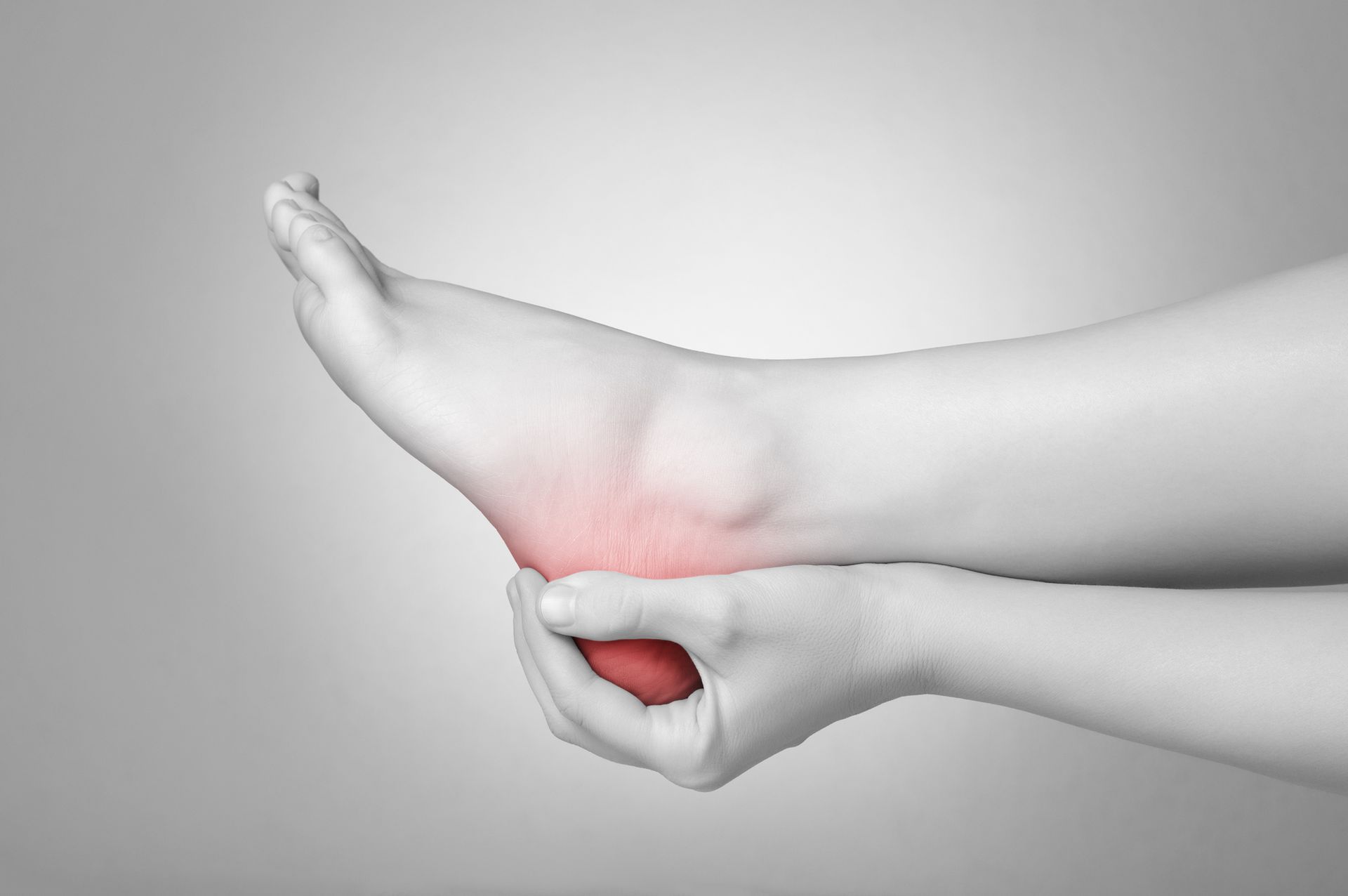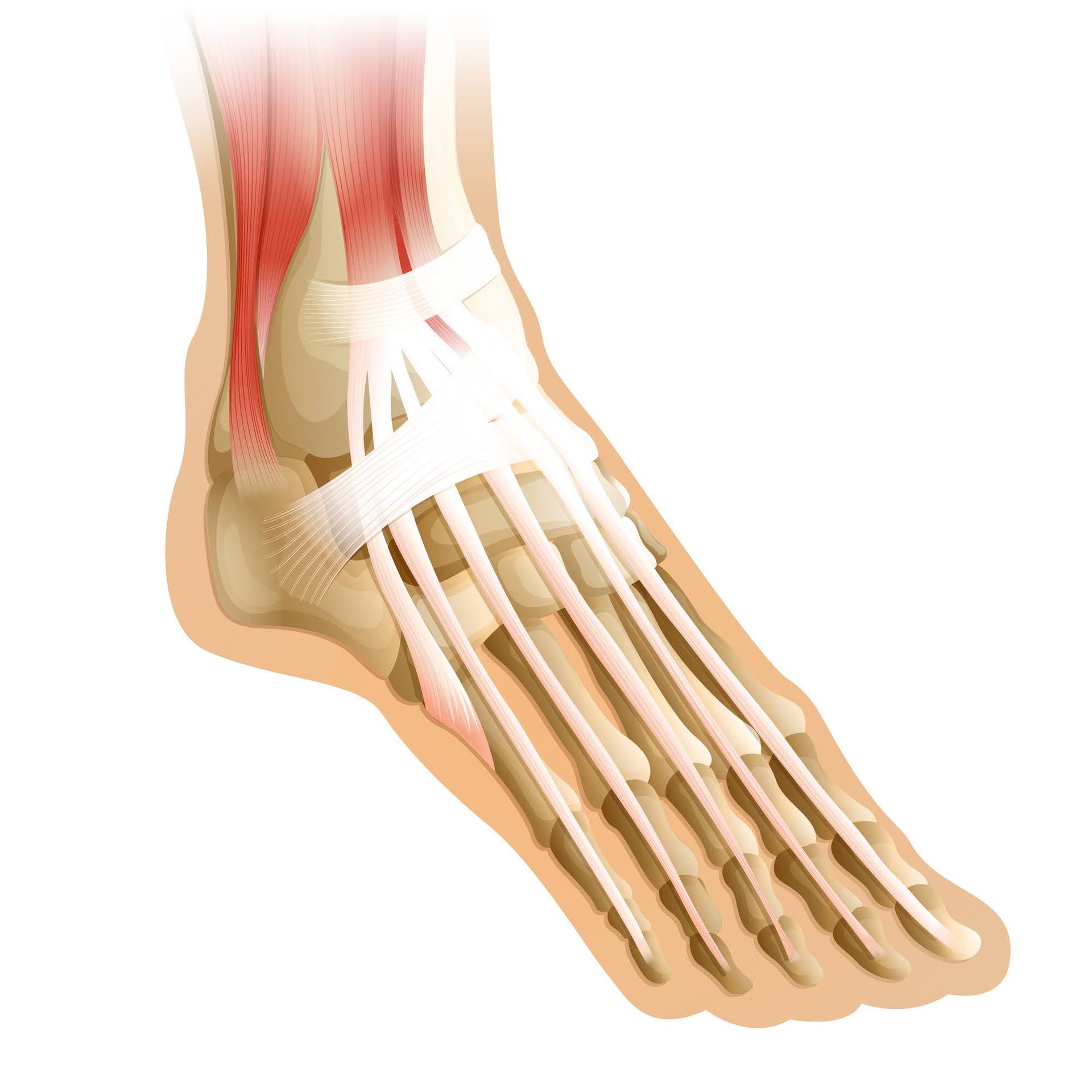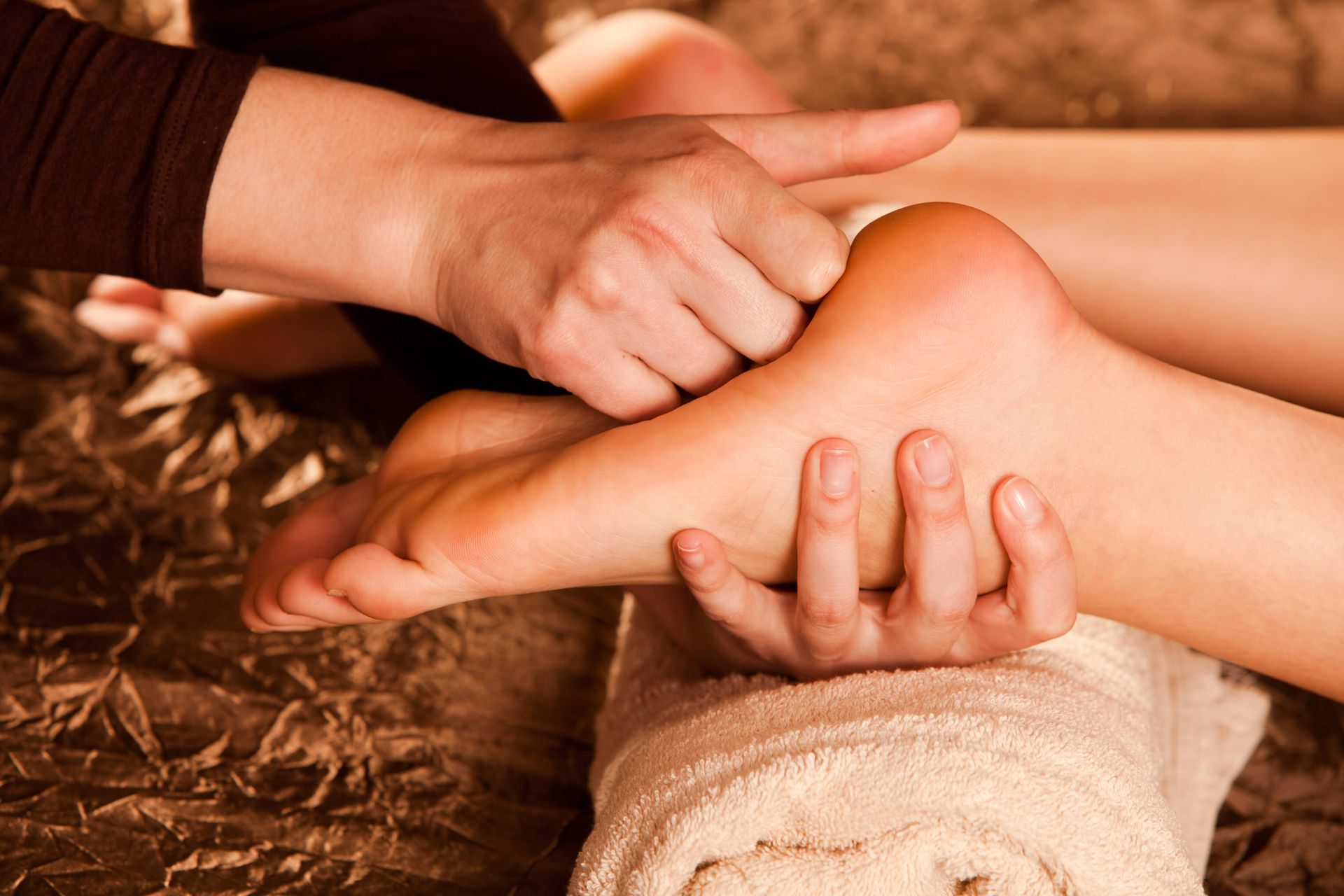Everything You Should Know About Bunions
If you experience pain in your big toe or a bump on the side of your foot, you might have a bunion. Unfortunately, bunions are a common foot deformity that can cause immense pain and make walking difficult. In severe cases, bunions may even require surgery.
Read on for everything you need to know about bunions, from their causes to their symptoms and treatment options.
What Are Bunions?
A bunion is a bump that forms when the big toe bends towards the second toe, causing the joint to stick out and the skin around it to become irritated and inflamed. Bunions may occur in one or both feet.
What Causes Bunions?
There is no one direct cause of bunions. Instead, they are often the result of a combination of factors. For example, some individuals are born with conditions that make them more susceptible to developing bunions later in life. Others develop bunions due to arthritis or other degenerative joint conditions.
Additionally, wearing ill-fitting shoes is also a common cause of bunions. For instance, if you wear shoes that are too tight or have high heels, you may injure the joint in your big toe, leading to a bunion. In the same way, if you frequently wear shoes that are narrow or pointy, you may also develop a bunion.
What Are the Symptoms of Bunions?
The most common symptom of a bunion is pain in the big toe. The pain may be constant or only occur when you wear certain shoes or walk for long periods. Other symptoms of bunions include:
- A visible bump on the side of the foot
- Swelling, redness, or inflammation around the big toe
- Corns or calluses developing on the big toe
- Difficulty moving the big toe or pain when doing so
If you have any of these symptoms, see a doctor so they can diagnose the problem and recommend treatment.
What Are the Treatment Options for Bunions?
There is no one-size-fits-all solution for bunions. The best way to treat a bunion depends on the severity of the deformity and the amount of pain it causes. In some cases, simple home remedies may be enough to ease the pain and keep the bunion from getting worse. For instance, you can try wearing wider shoes or taking over-the-counter pain relievers.
However, if these methods don't work, you may need to see a doctor. The doctor may recommend the following treatments.
Padding and Taping
If your bunion is mild, the doctor may recommend padding and taping the toe to reduce pain and inflammation. This method involves placing a pad over the bunion and then wrapping the big toe with tape or an adhesive bandage.
Orthotic Devices
Orthotic devices, such as shoe inserts, can also help treat bunions. These devices help to realign the bones in your foot, which takes the pressure off the bunion and eases pain.
Surgery
In severe cases, your doctor may recommend surgery to correct a bunion. The surgery aims to remove the bunion and realign the bones in your foot. The procedure is recommended if your toe needs reshaping or the bones need joining. If done correctly, surgery will help you eliminate the pain and deformity caused by a bunion, and you will be able to walk properly again.
The secret to preventing bunions is to be mindful of the kind of shoes you wear. Wear nicely fitting shoes that do not put pressure on the toes. Also, take care of foot conditions, so they don't get worse and lead to bunions.
If you suspect you have bunions, Advanced Foot Clinic is here to help. We are reliable podiatric surgeons that you can count on. We will first assess your condition and recommend the best treatment for you. Contact us to make an appointment.
